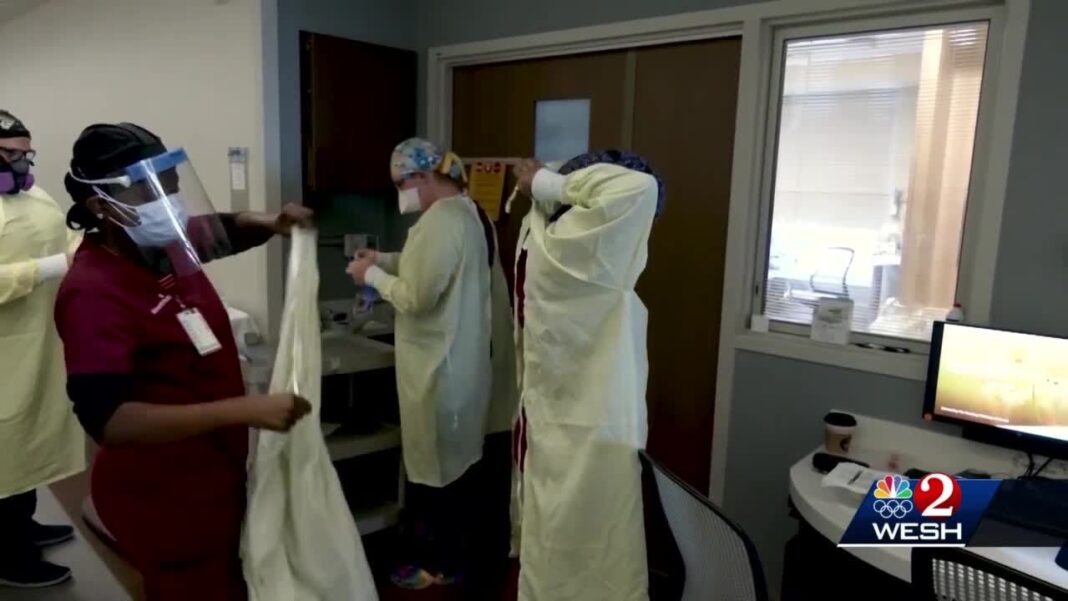The Technocratic Dream of Making Every Human a Robot and Every Robot a Human
A lot of people can’t believe that well-connected technocrats dream of turning every human on earth into a hyperproductive biomachine. At the very least, they don’t want to believe it. For doubters, the transhumanist movement is like a flying saucer or the elusive Sasquatch—it makes for a good campfire story, but what are the chances that Bigfoot and E.T. are conspiring to jab a Neuralink chip into your kid’s head?
The chances are better than you’d think.
Unlike other mythical monsters, techno-globalists don’t creep through the woods or sneak around the dark side of the moon. If you follow Wired, Gizmodo, Bloomberg, The Economist, Forbes, the New York Times, or the World Economic Forum’s own newsfeed, you know they’re not even hiding in plain sight. The corporate media just refuse to call them out for what they are.
Renegade journalist Whitney Webb is uninhibited by such career-conscious taboos. Her recent article at Unlimited Hangout—“A ‘Leap’ Toward Humanity’s Destruction”—may sound like an 80’s sci-fi story, but her facts are thoroughly sourced and her overall argument is sound:
An implicit transhumanist agenda has risen to prominence, but it can only advance if we allow it to.
Webb’s work shines a lone spotlight on the UK-based Wellcome Trust and their biomedical initiative, Wellcome Leap. This top-tier NGO oversees projects that include making fresh livers from scratch with 3D printers and using transcranial stimulation to soothe your dystopic woes. Another scheme is to fit 3 month-old infants with wearable sensors to track their neurological development into early childhood.
The latter endeavor, dubbed “The First 1000 Days,” is a proposal to scan every baby brain they can get their hands on. Their purpose is to create detailed computer simulations of cognitive development. Webb writes:
“The program description [states] that artificial neural networks, a form of AI, ‘have demonstrated the viability of modeling network pruning process and the acquisition of complex behaviours in much the same way as a developing brain,’ while improvements in machine learning…can now be used to extract ‘meaningful signals’ from the brains of infants and young children. These algorithms can then be used to develop ‘interventions’ for young children deemed…to be in danger of having underdeveloped brain function.”
In other words, once neuroscientists uncover the ideal pathways to optimal cognitive performance, they can actively improve future generations from the dendrites on down.
It’s like sending your kids to an elite preschool run by eugenic dentists who use neuro-braces to straighten their crooked brains. And really, what kind of unfit mother doesn’t want her child to grow up to be a supergenius with a perfect smile?
Spinning A Classic Whitney Web
Transhumanism isn’t some fringe techno-cult. Not anymore. It’s a well articulated spiritual system that values technology as the ultimate solution to the human condition. After decades on the edge of polite society, this general belief now pervades some of the world’s most powerful organizations.
Whitney Webb’s obsessive reporting traces various threads from Wellcome Leap’s bio-engineering projects to the World Economic Forum, prime movers in Silicon Valley, and a super-powered genomics company with the provocative title Illumina.
In an effort to put a face to this movement, Webb sketches a detailed profile of Wellcome Leap’s current leader, Regina Dugan, among other notable figures. Over the course of her career, the leather-clad Dugan hopped across multiple pyramids—from DARPA to Google to Facebook—finally arriving at the Wellcome Trust. Again, from Webb’s article:
“At Google, Dugan oversaw several projects [including] the use of a ‘digital tattoo’ to unlock smartphones [and] the creation of a ‘digital authentication pill.’ According to Dugan, when the pill is swallowed, ‘your entire body becomes your authentication token’… to fix ‘the mechanical mismatch between humans and electronics.’”
It’s for your own good. Besides, what kind of deviant doesn’t want to be tagged, tracked, and herded toward optimal productivity? Only a criminal would prefer to remain outside the dominant social system.
Webb may tend toward guilt by association in her effort to connect dots, but even so, the powerful individuals she singles out have a lot to answer for. In Webb’s estimation, the Wellcome Trust was “second only to Bill Gates in its ability to influence events during the COVID-19 crisis,” yet somehow she’s basically the first journalist to utter the name aloud.
As with the World Economic Forum, the Wellcome Trust’s impacts are felt all around us. But by and large, their inescapably “inclusive” programs are being enacted just beyond the mainstream media’s radar. It’s a total betrayal of the public’s trust. Their mad quest to guide human evolution through better gadgetry should be a matter of intense debate, not an esoteric mystery.
COVID-19 As Global Initiation Rite
Webb may be a touch paranoid, but she’s not wrong. Big changes are underway.
As a lab-born coronavirus spread across the planet, the far-flung transhumanist movement emerged from its secluded cocoon and climbed the Swiss Alps to take flight from the World Economic Forum. Prominent voices in the organization have steadily cultivated the belief that science and technology will overcome humanity’s biggest problems. Many of its members are animated by pure Scientism.
From this spiritual standpoint, the traumatic Covid lockdowns and subsequent digitization of organic culture amount to a worldwide initiation rite. Having undergone the trials of Zoom funerals, drone surveillance, and soulless mating algorithms, humankind took a great leap forward on the path to global technocracy.
This broad transformation wasn’t some secret plot, though. The World Economic Forum’s current chairman, Klaus Schwab, openly celebrated this prime opportunity in his 2020 techno-manifesto COVID-19: The Great Reset. In January of 2021, his “Great Reset” catchphrase was popularized by a fawning TIME Magazine issue by the same name.
“[A]lmost instantly,” Schwab gloated in the book, “most things became ‘e-things’: e-learning, e-commerce, e-gaming, e-books, e-attendance.” You might call it a New Normal. “[M]any of the tech behaviours that we were forced to adopt during confinement will through familiarity become more natural.”
While the world got swabbed by faceless humanoids in hazmat suits, the WEF chairman sounded a synthesized trumpet:
“AI is now all around us, from drones and voice recognition to virtual assistants and translation software. Our mobile devices have become a permanent and integral part of our personal and professional lives…anticipating our needs, listening to us and locating us, even when not asked to do so. Automation and robots are reconfiguring the way businesses operate with staggering speed. … Innovation in genetics, with synthetic biology now on the horizon, is also exciting, paving the way for developments in healthcare that are groundbreaking. …
“With the pandemic, the ‘digital transformation’ that so many analysts have been referring to for years, without being exactly sure what it meant, has found its catalyst. One major effect of confinement will be the expansion and progression of the digital world in a decisive and often permanent manner.”
This isn’t some cybernetic redneck tapping out gabs in a hi-tech survivalist bunker. The World Economic Forum is the corporate super-state’s trendiest scene, and Klaus Schwab is the life of the party.
The organization’s annual meetings in Davos, Switzerland are attended by every cosmopolitan leader on earth—big names like Bill and Hillary Clinton, Bill Gates, Justin Trudeau, Donald Trump, Xi Jinping, Google’s Eric Schmidt, Facebook’s Mark Zuckerberg, the android Greta Thunberg, and transhumanism’s impish doomsayer, Yuval Noah Harari. Through star power alone, the WEF wields enormous influence on global policy.
The implications of their current motto may be unpalatable, but you don’t have to don a tinfoil hat to see where “Build Back Better” is going. Human nature is up for a dramatic reconfiguration. We are literally being rewired for the future.
As a mother, Whitney Webb is obviously freaked out by that prospect. But why should any of us trust the talking heads on top of the totem pole?
It’s obvious why so few journalists have the guts to cover the social engineering schemes implemented by elite institutions with any seriousness. To do so will earn you the label “conspiracy theorist.” As a result, most people equate warnings about the transhumanist agenda with UFO cults or cryptozoology.
It’d be nice to make believe that tech-obsessed philanthropists have the public’s best interests at heart. Or even better, that their thinking machines could actually solve all our problems.
That would be swell, but I’d sooner believe in unicorns. Given current advances in gene-editing, they’ll probably exist one day.
By Joe Allen







